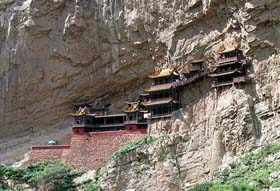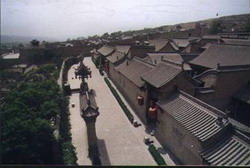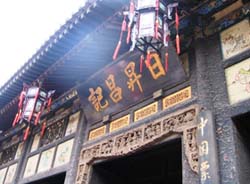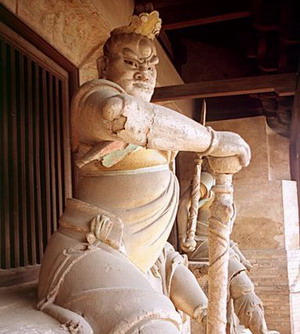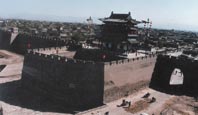Shanxi Tourism
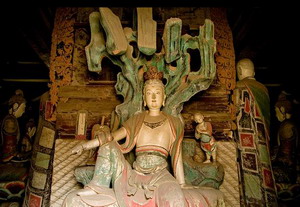
-
Province:Shanxi (Chinese: 山西, Pinyin: Shānxī)
-
Population :32,452,884
-
Location :in the northern part of the People's Republic of China
-
Overview:The name Shanxi literally means "mountain's west", which refers to the province's location west of the Taihang Mountains.
Overview
Shanxi is a province in the northern part of the People's Republic of China. Its one-character abbreviation is Jin, after the state of Jin that existed here during the Spring and Autumn Period.
The name Shanxi literally means "mountain's west", which refers to the province's location west of the Taihang Mountains. Shanxi borders Hebei to the east, Henan to the south, Shaanxi to the west, and Inner Mongolia to the north. The capital of the province is Taiyuan.
Shanxi, has over 3,000 years of recorded history, dynasty after dynasty added their own mark to this area, the relics of old palaces, temples and tombs are everywhere. Wandering between temples and viewing in awe the snow-capped peaks of Wutai Mountain, strolling outside the Yungang caves, spending lazy afternoons in the street-side teahouse in Pingyao, you can feel past dynasties is still alive here.
Know More
A brief history
Shanxi was the territory of state of Jin during the Spring and Autumn Period (722 BC - 403 BC), which underwent a three-way split into the states of Han, Zhao and Wei in 403 BC, the traditional date taken as the start of the Warring States Period (403 BC - 221 BC). By 221 BC all of these states had fallen to the state of Qin, which established the Qin Dynasty (221 BC - 206 BC).
Han Dynasty From 206 B.C to A.D 220 Han Dynasty ruled Shanxi as the province of Bingzhou. During the invasion of northern nomads during the Sixteen Kingdoms period (304 - 439), what is now Shanxi was controlled contiguously by several regimes, including Later Zhao, Former Yan, Former Qin, and Later Yan. They were followed by Northern Wei (386 - 534), a Xianbei kingdom, which had one of its earlier capitals at present-day Datong in northern Shanxi, and which went on to rule nearly all of northern China.
Tang Dynasty (618 - 907) originated in Taiyuan, Shanxi Province. Modern Chinese people are called Tang Ren globally due to the power and impact of the Tang Dynasty in history. During the Tang Dynasty and after, the area was called Hédōng, or "east of the Yellow river".
During the first part of the Five Dynasties and Ten Kingdoms Period (907 - 960), Shanxi supplied three of the Five Dynasties, as well as the only one of the Ten Kingdoms to be in northern China. Shanxi was initially home to the jiedushi (commander) of Hedong, Li Cunxu, who overthrew the first of the Five Dynasties, Later Liang Dynasty (907 - 923) to establish the second, Later Tang Dynasty (923 - 936). Another jiedushi of Hedong, Shi Jingtang, overthrew Later Tang to establish the third of the Five Dynasties, Later Jin Dynasty, and yet another jiedushi of Hedong, Liu Zhiyuan, established the fourth of the Five Dynasties (Later Han Dynasty) after the Khitans destroyed Later Jin, the third. Shi Jingtang, founder of the Later Jin Dynasty, the third of the Five Dynasties, ceded a large slice of northern China to the Khitans in return for military assistance. This territory, called The Sixteen Prefectures of Yanyun, included a part of northern Shanxi. The ceded territory became a major problem for China's defense against the Khitans for the next 100 years, because it lies to the south of the Great Wall.
During the Northern Song Dynasty (960 - 1127), the sixteen ceded prefectures continued to be an area of contention between Song China and the Liao Dynasty. The Southern Song Dynasty that came after abandoned all of North China to the Jurchen Jin Dynasty (1115-1234) in 1127, including Shanxi.
The Mongol Yuan Dynasty divided China into provinces but did not establish Shanxi as a province. Shanxi only gained its present name and approximate borders in the Ming Dynasty (1368 - 1644). During the Qing Dynasty (1644 - 1911), Shanxi extended northwards beyond the Great Wall to include parts of Inner Mongolia, including what is now the city of Hohhot, and overlapped with the jurisdiction of the Eight Banners and the Guihua Tümed banner in that area.
During most of the Republic of China's period of rule over mainland China (1912-1949), Shanxi was held by warlord Yen Hsi-shan, regardless of the frequent political upheavals that shook the rest of China. During the Second Sino-Japanese War, Japan occupied much of the province after defeating China in the Battle of Taiyuan. Shanxi was also a major battlefield between the Japanese and the Chinese communist guerrillas of the Eighth Route Army during the war.
Local Culture
Shanxi Merchant
Shanxi merchants constituted a historical phenomenon that lasted for centuries from the Song to the Qing Dynasty. Shanxi merchants ranged far and wide from Central Asia to the coast of eastern China; by the Qing Dynasty they were conducting trade across both sides of the Great Wall.
Shanxi Opera
Shanxi Opera is a popular form of Chinese opera in Shanxi. It was popularized during the late Qing Dynasty, with the help of the then-ubiquitous Shanxi merchants who were active across parts of China. Also called Zhonglu Bangzi, it is a type of bangzi opera, a group of operas generally distinguished by their use of wooden clappers for rhythm and by a more energetic singing style.
Must see
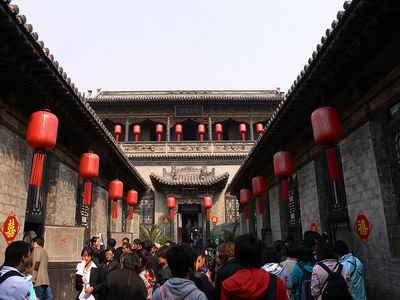
Pingyao is a small city in the southwestern edge of Shanxi Province. It still retains its city layout from the Ming and Qing dynasties...more
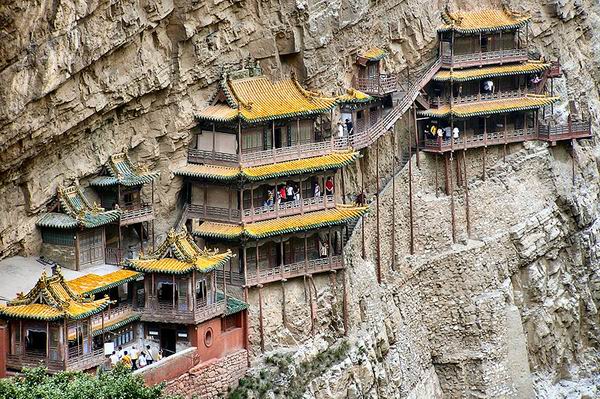
There are a few surviving sites of historical interest in Datong, such as the Hanging Temple built into a cliff face near Mount Hengshan...more
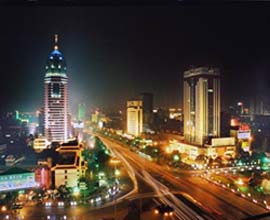
Taiyuan is an industrial cities, it is the capital of Shanxi Province. The most famous attraction is the Jin Ancestral Temple...more
